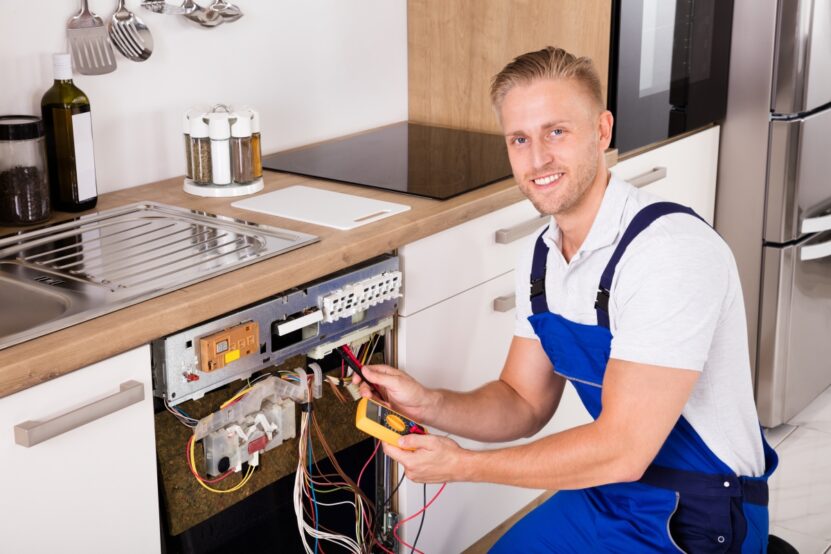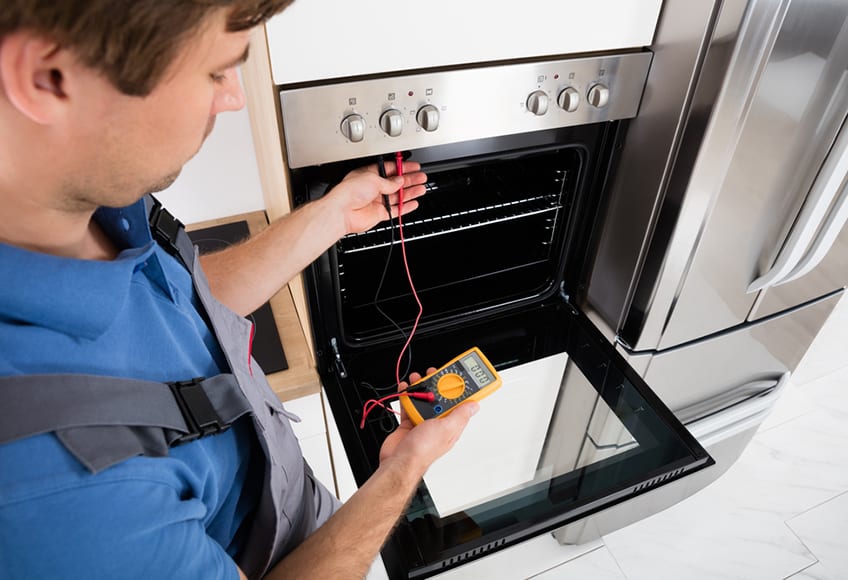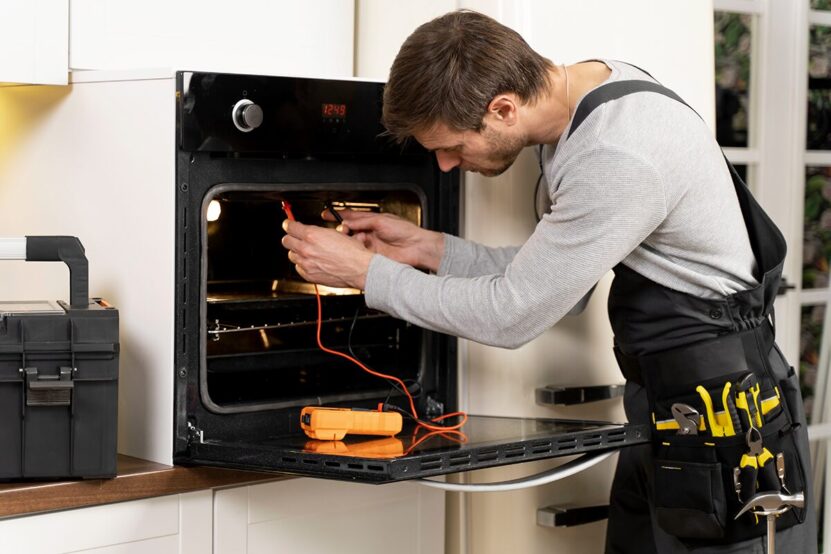
Household appliances are an integral part of modern life, simplifying routine daily duties and making everyday tasks easier. However, over time, they can develop certain malfunctions that disrupt their normal operation and can lead to a loss of functionality. Diagnosing these malfunctions is important to maintain equipment performance and ensure safe use.
In this article, we will explore effective methods for diagnosing malfunctions in household appliances, as well as consider the advantages and disadvantages of traditional approaches to this process.
In addition, we will look at the latest technologies that help to improve the diagnostic process, including the use of artificial intelligence, sensor systems, and IoT communications.
Understanding and utilizing effective methods for diagnosing faults in household appliances is key to ensuring the long and reliable operation of equipment in the home environment.
Review of Existing Methods for Diagnosing Household Appliances
Visual inspection is one of the first steps in identifying possible malfunctions in household appliances. This method consists of examining the appearance of the device and identifying any obvious defects, such as cracks, worn parts, discarded elements, etc. Visual inspection allows you to quickly identify problems that may be obvious at first glance.
For more accurate fault diagnosis, a variety of testers and measuring devices are used. These devices allow you to measure electrical parameters that may indicate problems in the electrical system of the device, such as voltage, current, resistance, etc. They help to detect faults that cannot be identified visually.
Many modern household devices are equipped with diagnostic systems that generate error codes in the event of problems. These codes can be interpreted using special hardware or software, allowing you to pinpoint the cause of the malfunction and take appropriate action.
Many manufacturers of appliance parts offer special test procedures to identify possible malfunctions and perform preliminary diagnostics. These procedures are often included in the respective user manuals and can be used to quickly check the functionality of the device.

The Latest Technologies in the Diagnosis of Household Appliances
Artificial intelligence (AI) and machine learning (ML) are opening up new perspectives in the field of fault diagnosis in household appliances. AI algorithms can analyze large amounts of data, including information about the operation and parameters of devices, to detect deviations in their operation and predict possible malfunctions.
The use of sensor technology and IoT (Internet of Things) communication allows to obtain real-time data on the status of devices and their functioning. This allows not only to detect potential problems as soon as they occur, but also to conduct diagnostics remotely, ensuring more efficient management and maintenance.
Remote diagnostics is becoming increasingly popular due to the development of communication and remote access technologies. With the help of specialized software solutions and appropriate devices, it is possible to diagnose household appliances directly using mobile devices or computers.
Advantages and Challenges of New Methods of Diagnosing Household Appliances Breakdowns
The latest technologies make it possible to diagnose faults much faster and more accurately, thanks to the automation of the process and the analysis of large amounts of data.
The use of advanced diagnostic methods can reduce the time required to identify and fix faults, as well as reduce the cost of maintenance and repair of appliances.
However, along with the benefits of the latest technologies come challenges in terms of personal data protection and privacy. Collecting and analyzing large amounts of data may require additional security and privacy measures.
The introduction of the latest technologies in the field of home appliance diagnostics can bring significant benefits but requires attention to ensuring the security and privacy of user data.

Recommendations for Choosing Methods for Diagnosing Faults in Household Appliances
The first step in choosing diagnostic methods is to analyze the typical faults that can occur in specific types of household appliances.
For example, refrigerators can be characterized by problems with the compressor, while washing machines can be characterized by problems with the pump or electronics. A careful study of these typical malfunctions will help determine the most effective diagnostic methods.
Once the typical problems are identified, it is necessary to assess the availability of the necessary tools and technologies to diagnose them. This may include checking the availability of measuring instruments, testers, software, or access to remote diagnostic systems. The methods selected should be affordable and appropriate to the specific needs and capabilities.
An integrated approach to diagnostics is recommended for best results. This means combining different methods, such as visual inspection, specialized tools, error code analysis, and the use of the latest technology. This approach will allow you to get a more complete picture of the condition of your home appliances and provide more accurate and efficient diagnostics.
The application of these recommendations will help you choose the most appropriate methods for diagnosing malfunctions in household appliances, which will facilitate the quick and efficient detection of problems and their subsequent elimination.

Conclusion
In this article, we have explored effective methods for diagnosing malfunctions in household appliances, from traditional to the latest technologies. It has been found that the use of artificial intelligence, sensor technology, IoT communication, and other recent developments greatly facilitates and speeds up the diagnostic process, providing more accurate results.
Despite the advantages of the latest methods, it is also important to take into account the disadvantages of traditional approaches and ensure data protection and user privacy. An integrated approach to diagnostics that combines various methods and technologies allows you to get the most complete and objective picture of the condition of household appliances.
Reliable and efficient fault diagnosis in household appliances is important not only to ensure the smooth operation of devices but also to save users’ time and money. Understanding and using various diagnostic methods helps to ensure comfort and safety in everyday life.
